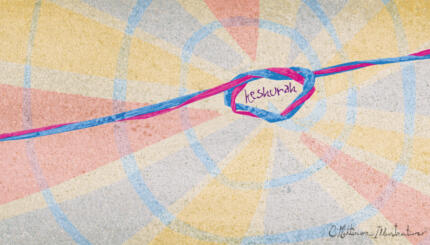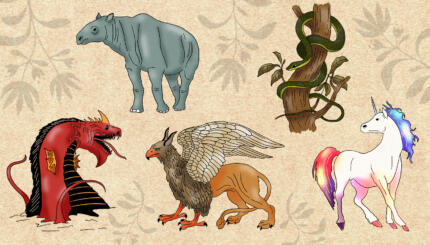Commentary on Parashat Chukat, Numbers 19:1-22:1
A major challenge of Jewish education in the 21st century — for students of all ages — is providing access to the original texts of Jewish sacred literature, even in English translation. Influenced by the educational reform of the early 20th century that was applied to the chaos that had previously overtaken Jewish education, the Jewish community invested its resources to develop study materials that were age appropriate, digesting the text in small segments. Educators were convinced that such an approach would allow for a better understanding of the text and its message. And the more textbooks that were created, the less familiar people became with texts.
Nevertheless, there are some sections of the Torah that remain elusive. If these sections are difficult to access for those on the so-called inside of the Jewish community, imagine how impenetrable they are for those on the outside. These texts are pivotal in the spiritual life of the Jewish people, however; thus, providing access to them is important.
One such text is this week’s portion, which contains rules concerning the red heifer. It should come as no surprise, of course, that this portion deals with rules or laws. As we have seen in previous weeks, the title warns us ahead of time (chukat is derived from hok, the Hebrew word for law). In handing down the laws, the Torah reveals its inclusive nature: “…This shall be a permanent law for the Israelites and for the strangers who reside among you” (Numbers 19:10).
One of the things that makes the red heifer so esoteric — besides not knowing exactly the nature of the animal — is that it is one of the few sacrifices that is completely burned on the altar. While the other sacrifices are shared as food (only the parts that make the most flame and smoke and are inedible are allowed to be totally consumed by fire), this one is completely turned into ash. Contact with the ashes is so powerful that it renders those who handle them ritually impure until evening.
With your help, My Jewish Learning can provide endless opportunities for learning, connection and discovery.
The animal’s life is taken. It is burnt, utterly destroyed, leaving no remnants. But to what end? Is the Torah giving us a formula for ritual purification because it anticipates the next episode?
Miriam’s Death
Toward the end of this week’s Torah reading, Miriam dies. This is the death of the woman who brings spiritual nourishment and sustenance with her during the entire desert journey (represented in the well that travels with the people).
The Torah seems to pass over the incident without remark–simple and straightforward: “The Israelites arrived in a body at the wilderness of Zin on the first new moon, and the people stayed at Kadesh. Miriam died there and was buried there” (Numbers 20:1).
But the next verse reveals to us the impact of her death. Not only are the people diminished by her loss, but the absence of her calming presence gives way to another uprising against Moses and Aaron.
If the Torah law about the red heifer was given because it anticipated the temporal nature and limitation of what Miriam had to offer, then we have to dig deeper for the mega lesson: the Torah will always give us the insight to prepare for the future even when the current approach seems to suffice and there is no need for a change. And how do we know that the lesson works? We look to the next section of text for affirmation.
The people reclaimed their resolve and marched forward: “The Israelites then marched on and encamped in the steppes of Moab, across the Jordan from Jericho” (Numbers 22:1). They not only readied themselves to enter and settle the land, their stance also served to reflect a renewed attitude about the future that stands before them.
They do not want to return to Egypt. Rather they want to enter the land of promise that lies ahead–even with all that is unknown about it.
We have to be willing to do the same.
Provided by Big Tent Judaism.
Torah
Pronunced: TORE-uh, Origin: Hebrew, the Five Books of Moses.


